Exterior and Interior photography are amongst the specialized genres of photography with very high demands to the photographer, the equipment used and the post processing techniques. Narrow spaces, severe contrasts in light, limited angles and extensive editing of the images are tasks, architectural and interior photographers have to manage sucessfully.
Get a basic understanding of the technologies and processes Thomas uses to deliver highest standards of quality for any level of demand during a photo shoot and in post:
Great styling helps to convey a story, a message or an emotion, which better connects the viewer to the captured scene. Thomas and Scott spend a lot of time on site rearranging furniture, integrating decorations and accessories - all set in the right place to enhance the look of the photographed space.



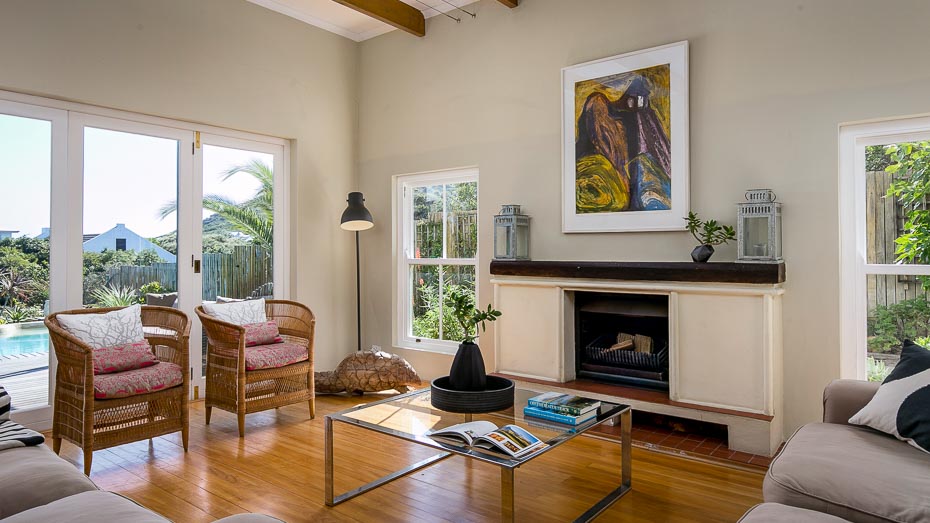
Thomas gives your photographs the last touch in post processing. By accentuating or adding details to your images he shows your motives in a more favorable light.
Thomas works digitally as a bricklayer, a gardener, a pool service, a painter and so on. He replaces a cloudy sky, removes graffiti off walls, green water from a pool or adds a wonderful lawn.
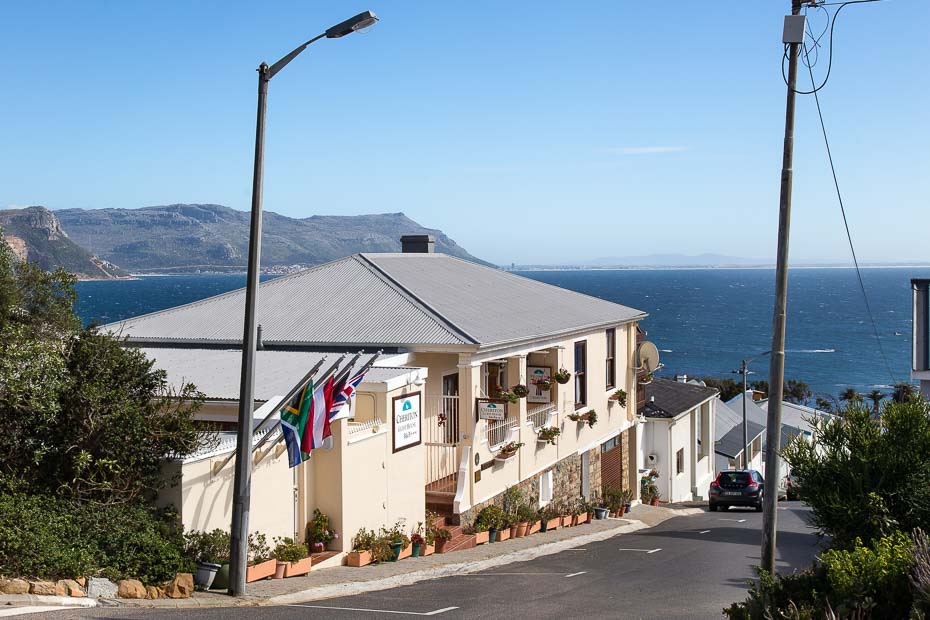

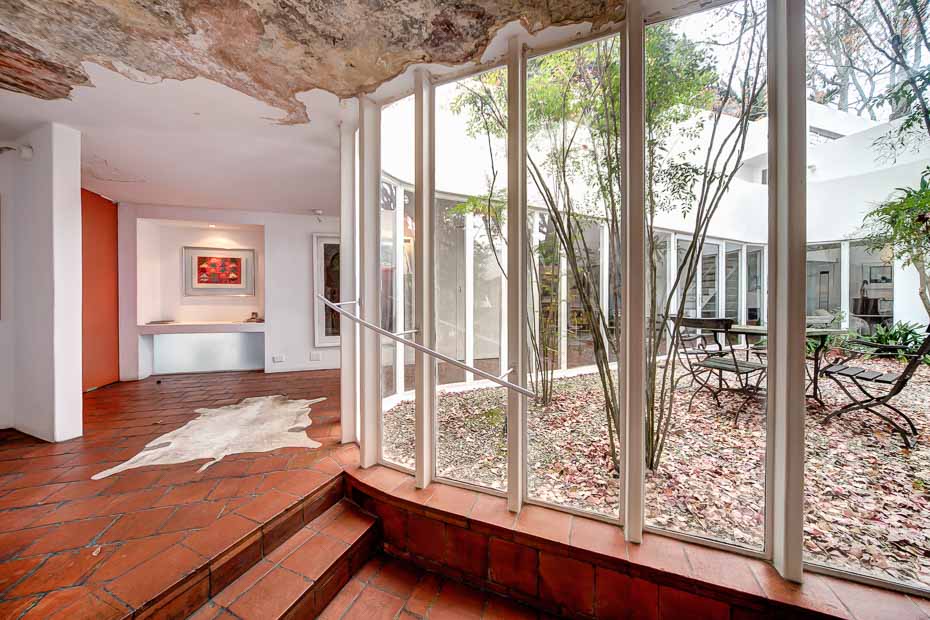

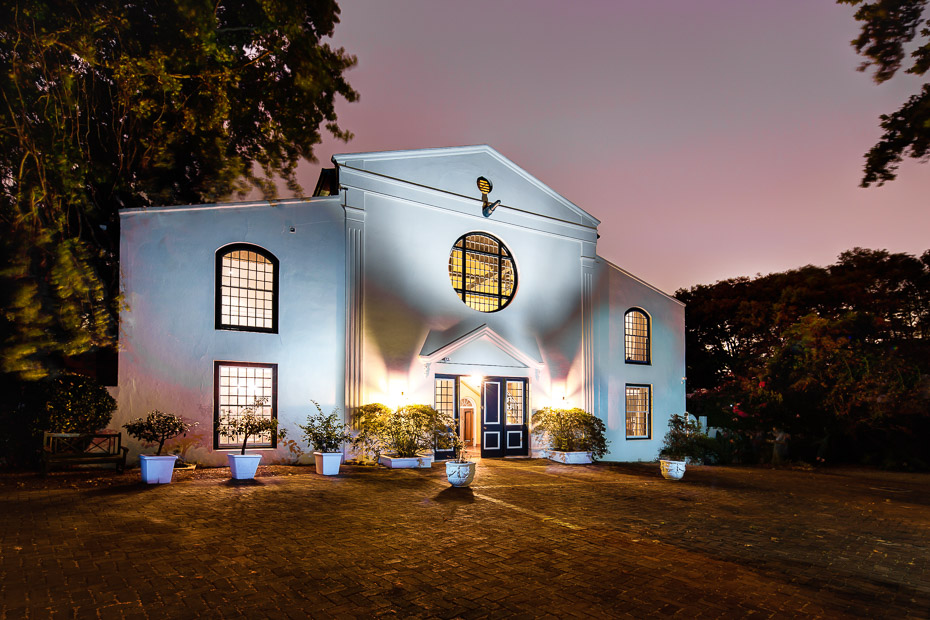
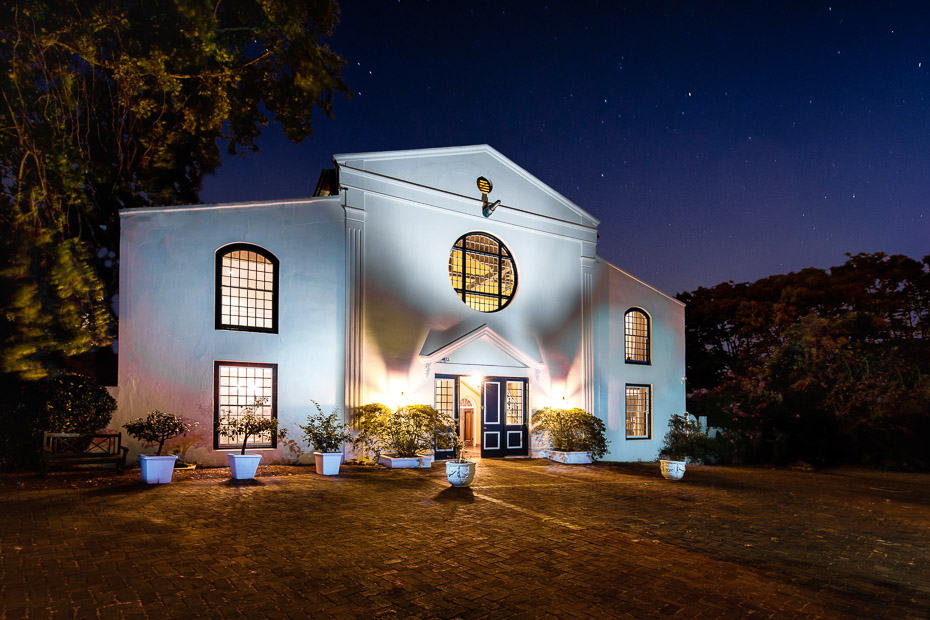
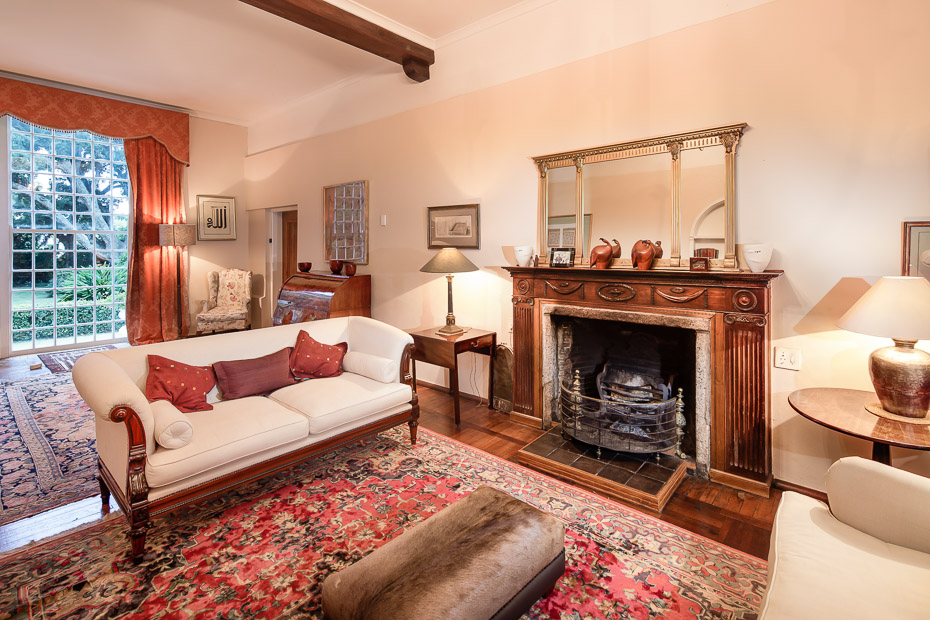

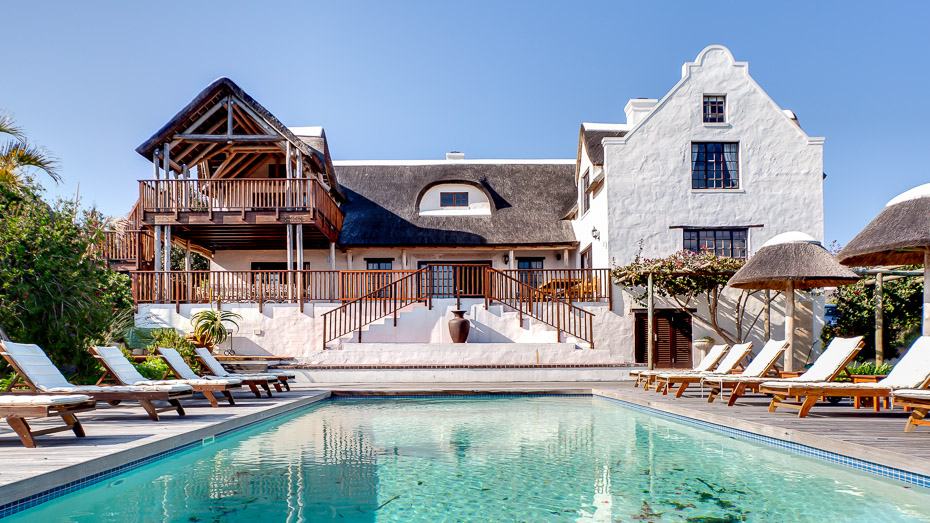
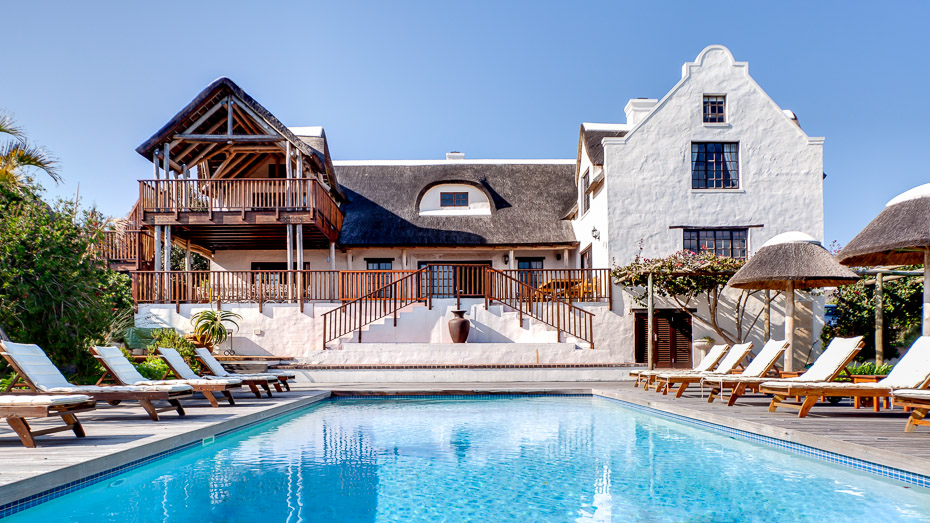

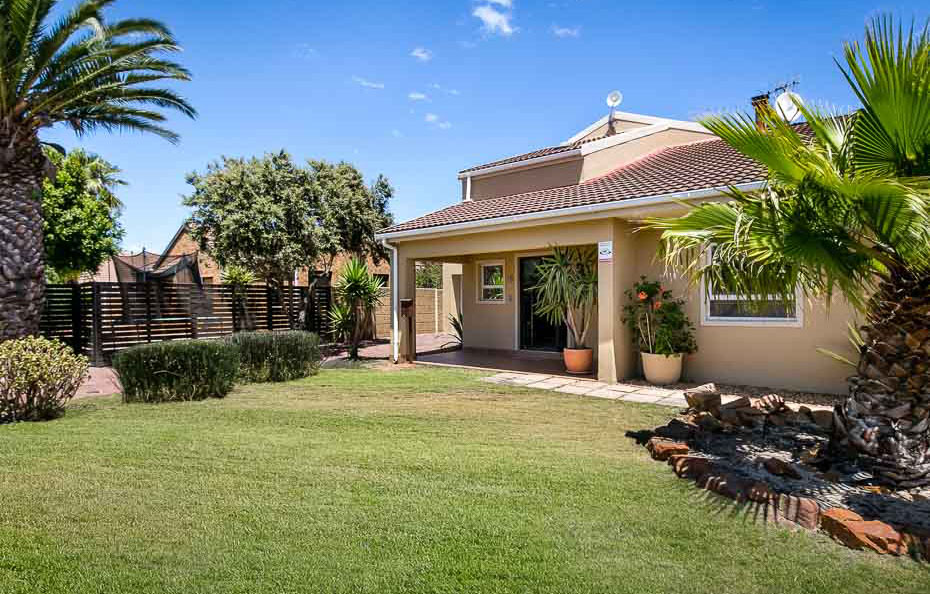


Sometimes in life it’s best to see things from a different perspective. Elevated pole photography makes that possible. Thomas captures a bird’s eye view that sets your property apart from the rest. Of course, with the highest standards of quality making use of several bracketed images and his light painting method using multiple layers in Photoshop.
Typical situations for elevated pole photography are:
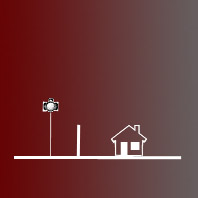 | Your property is obscured by high walls or trees. With elevated pole photography Thomas is able to show it in it's entirety and to define it's location with regard to the proximity to the beach, the mountain or other attractions like a park or golf course. |
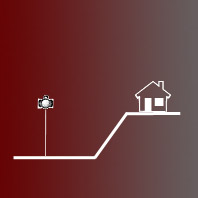 | Many costal houses are built on high ground on the slopes of the mountains. Great for the view, but very hard to photograph! With Thomas system we reach a height of more than 6 metres above ground level. |
 | Elevated pole photography provides a dramatic photographic perspective. Thomas can show the size of your property and the surrounding views. He captures not only the main building, but other facilities behind it - all in one photograph: Your pool, your garden and the mountains or the sea in the background. |
Thomas ultra light pole covers more than 98% of the situations where one needs to get up high. The pole takes a professional DSLR camera up to 6,25 meters. Thomas shoots RAW format and does bracketing to get the best starting point for a perfect quality on the elevated pole.


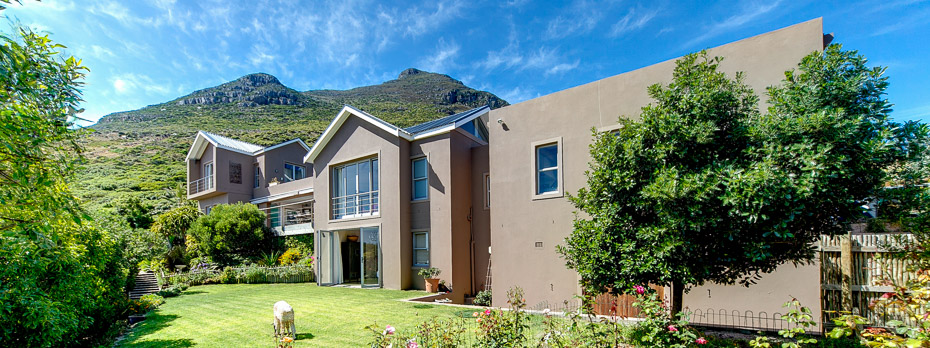
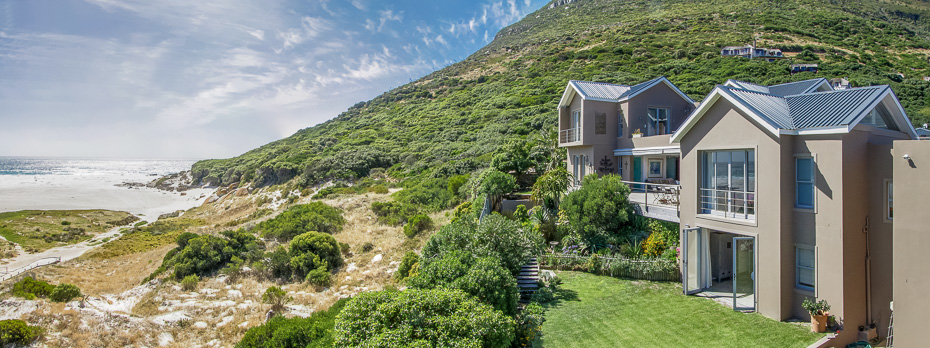
In photography, dynamic range is the difference between the lightest light and darkest dark which can be seen in a photo. Once your subject exceeds the camera's dynamic range, the highlights wash out to white, or the darks become black blobs.
Dealing with an extreme high dynamic range which is inherent to most of the the scenes in architectural and interior photography is a key competence for an architectural and interior photographer.
There are several ways do deal with the high contrasts, which appear especially when we shoot an interior with a window view:
High Dynamic Range (HDR) photography (tonemapping or exposure fusion) is definitely the most-used method for real estate and interior photographers. On location one takes several different exposures from the same scene. The different exposures are blended by a specific software in post. HDR has its advantages, it is fast on location and in the post precessing, too. For some scenes the quality of the final photo can be quite ok, but in general the photo lacks of depth, dimension and color.
Another approach to deal with the high contrasts is to add some artificial light to the scene to balance the exposure and to control the window view. An easy and fast way to do this is to use an on-camera flash. This method works only in very limited situations like eg. in small rooms. Generally speaking one does get better colors using the flash on top of the camera, but the photo will loose a sense of ambience and lacks of depth and dimension. It'll look like - what we call flashy.
A much more sophisticated way is the use of multiple off-camera flash and strobes. Thomas uses up to 7 individually adjusted flashes to light one scene and often moves some of them to different positions and takes some more shots for additional layers in Photoshop. This way he's able to light the scene completely according to the look of the photo he'd like to create.
From the same camera position he takes in a next step additionally 7 different exposures with ambient light only.
Thomas has developped a unique post processing process combining both natural light and artificial light (the multiple-off-camera flash ones) to a unique interpretation of the space he shoots. With his light painting technique he blends elements of 15, sometimes even more than 50 layers with different light settings and exposures into one final image. This photograph gets depth, dimension, color and mood.
In architectural photography one often faces the problem of having to lower the camera in order to generate an image of a complete building or room. This results in the originally straight lines to stop running parallel to the edge of the image. Houses, cupboards or doors do almost tilt. One talks about 'falling lines'.
Thomas has formulated three different ways to offer you work of the highest standard:
Lots of interior photographers shoot as wide as possible.
This is a common mistake as their compositions will suffer and their photographs aesthetically lacking. In addition to this, extreme wide-angle shots are normally lit very poorly, as there is not enough space to place and hide the strobes, the flashs and light formers.
As if this was not enough, the distortion that's inherent to wide-angle lenses will make straight lines appear curved and objects near the edges of the image stretched. A round basin in a bathroom taken with an extreme wide-angle lens will appear oval on the photograph.
Thomas shoots most of his high-end interiors at 17 mm or 24 mm, which is the customary sweet spot for architectural interiors and the reason why Nikon and Canon offer these exceptional good Tilt-Shift lenses at these focal lengths.
Obviously there are exceptions to the rule and every now and then Thomas goes wider and uses a 12 mm lens on a full frame sensor.